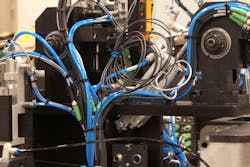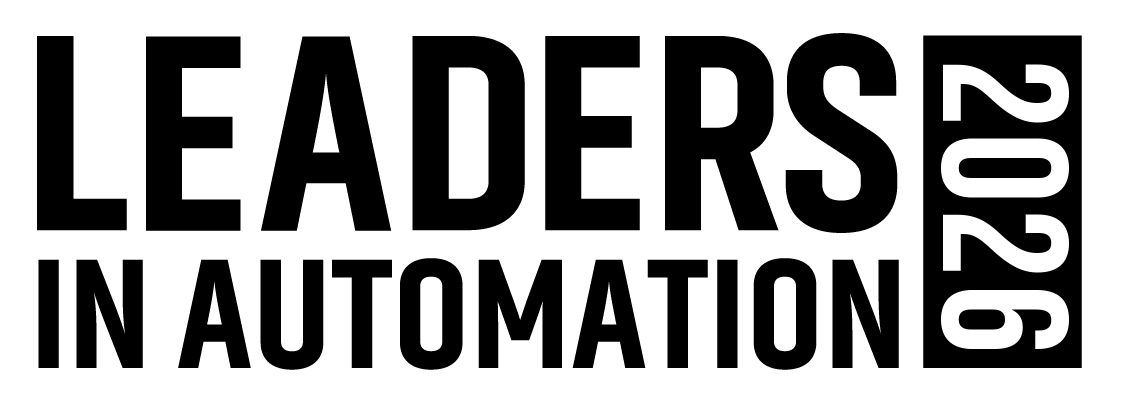Industrial Ethernet Drivers and Growth Rates Revealed
Though it may not yet be a viable connection for every facet of industrial communication, it's clear that industrial Ethernet is fast becoming the de facto network of choice for global industry. And given how fast the landscape has changed, and continues to change, around industrial Ethernet, the latest research from TechNavio—an independent, London-based research firm—provides some interesting insight into what’s happening in terms of global deployment of the technology.
So just how fast is industrial Ethernet being adopted on a global basis? According to TechNavio, the industrial Ethernet market will grow at a 9.85 percent compound annual growth rate (CAGR) from 2014-2018 (from $1.13 million to 1.8 million). TechNavio considers this CAGR “modest”.
The principal driver behind this growth, according to TechNavio’s research is cost savings. As stated in the TechNavio report: “Ethernet allows manufacturers in the machine tools, machinery, and robotics industries to address the pressing need to reduce capital and operations expenses. Additionally, almost all types of networking equipment already have Ethernet, making the Ethernet interface cost efficient.”
Beyond cost efficiencies, other industrial Ethernet market drivers include:
• Scalability of Ethernet equipment;
• Demand for faster Internet connectivity;
• Need for enhanced network security; and
• Increasing network traffic.
Key market trends supporting the growth of industrial Ethernet, according to TechNavio, include:
• Introduction of more cost-effective Ethernet devices;
• Growing demand for optical Ethernet switches; and
• Increasing adoption of industrial Ethernet in the Asia-Pacific region.
In terms of deployment, the EMEA region (Europe, Middle East and Africa) accounts for largest number of deployments, representing 39 percent of the market; the Americas account for 35 percent; and Asia-Pacific 26 percent.
Prominent suppliers of industrial Ethernet, including Alcatel-Lucent, Cisco Systems and D-Link Corp., have reduced the price of their Ethernet devices to remain competitive, according to TechNavio. “Technological advancements in Ethernet technology have helped component suppliers reduce the cost of processors and electronic components used in the devices, which, in turn helps service providers further mitigate their operational costs.”
For more information on the report: www.technavio.com/report/global-industrial-ethernet-market-2014-2018

